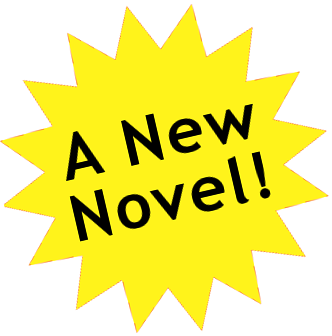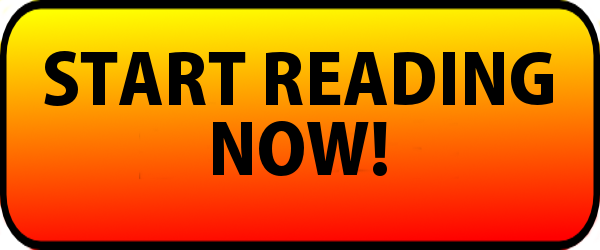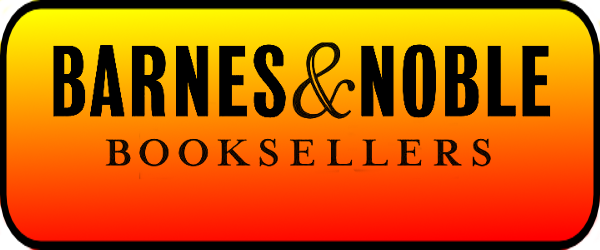|
October 9
|
President Kennedy orders a U-2 reconnaissance flight over western Cuba, but the mission is delayed by inclement weather.
|
|
October 14
|
Resuming the previously scrubbed mission, a US Air Force U-2 plane flying over western Cuba discovers missile sites. Photographs obtained by this reconnaissance operation provide conclusive evidence that the Soviets are using Cuba as a nuclear staging ground.
|
|
October 16
|
McGeorge Bundy (National Security Advisor) informs Kennedy of the photographic evidence. The president calls a meeting with the Executive Committee of the National Security Council (EX-COMM) to discuss possible diplomatic and military courses of action.
|
|
October 17
|
The Joint Chiefs of Staff and Air Force Command argue vehemently for an air strike. That evening, another U-2 flight uncovers Intermediate Range Ballistic Missiles (IRBMs) at the Cuban site.
|
|
October 18
|
Employing an obvious intimidation tactic, the US drops a 1.59-megaton yield Hydrogen bomb over Johnston Island in the North Pacific Ocean, 860 miles west of Hawaii.
|
|
October 18
|
JFK attends a two-hour meeting with Andrei Gromyko, Soviet Minister of Foreign Affairs. Gromyko assures Kennedy that Soviet aid to Cuba has been restricted to "defensive capabilities of Cuba."
|
|
October 20
|
Kennedy meets with his advisors and orders a defensive naval blockade of Cuba to be instituted immediately. The operation is approved, and the president schedules a television address to the American public.
|
|
October 20
|
US conducts low yield nuclear test over Johnston Island.
|
|
October 21
|
FK requests that the press not deny him the "element of surprise" or he warns, "I don't know what the Soviets will do." Meanwhile, Another U-2 flight reveals Soviet bombers and MiGs (Russian fighter jets) being assembled, and missile sites being built on Cuba's northern shore.
|
|
October 22
|
The president addresses the nation in a televised speech, announcing the presence of offensive missile sites in Cuba.
"To halt this offensive buildup, a strict quarantine on all offensive military equipment under shipment to Cuba is being initiated. All ships of any kind bound for Cuba from whatever nation or port will, if found to contain cargoes of offensive weapons, be turned back."
Meanwhile, the US military shifts readiness level to Defense Condition (DEFCON) 3, and Marines reinforce the US military base at Guantanamo Bay in Cuba.
|
|
October 22
|
In response to the American test, the Soviets conduct their own high altitude nuclear test at Kapustin Yar in Russia, exploding a 300-kiloton Hydrogen bomb.
|
|
October 22
|
Tactical Air Command (TAC) has 511 fighters, supporting tankers, and reconnaissance aircraft deployed to face Cuba on one-hour alert status.
|
|
October 23
|
Organization of American States (OAS) unanimously approves the quarantine against Cuba.
|
|
October 23
|
Kennedy orders six Crusader jets to fly a low-level reconnaissance mission. By the end of the day, US ships have taken up position along the quarantine line, 800 miles from Cuba.
|
|
October 23
|
Late in the evening, the president sends his brother, Attorney General Robert Kennedy to the Soviet Embassy to talk with Soviet Ambassador Dobrynin. Via the embassy, Kennedy receives a letter from Khrushchev in which Khrushchev comments that there is a "serious threat to peace and security of peoples." As a result, the president decides to give Khrushchev more time. He pushes the quarantine line 500 miles from Cuba.
|
|
October 23
|
British press, recalling previous CIA missteps, is unconvinced about the existence of Soviet bases in Cuba, and speculates that Kennedy's actions may be related to his reelection campaign.
|
|
October 24
|
Revealing their sinister intentions, all Soviet ships en route to Cuba either slow down or reverse their course-except for one. In the US, military forces go to DEFCON 2, the highest level in US history.
|
|
October 24
|
Chinese People's Daily announces that "650,000,000 Chinese men and women are standing by the Cuban people."
|
|
October 24
|
Soviet news agency Telegrafnoe Agentstvo Sovetskogo Soyuza (TASS) broadcasts a telegram from Khrushchev to President Kennedy, in which Khrushchev warns that the United States' "pirate action" will lead to war.
|
|
October 25
|
JFK sends a letter to Khrushchev, blaming the crisis squarely on the Soviet Union.
|
|
October 25
|
EX-COMM secretly discusses a proposal to withdraw US missiles from Turkey in exchange for the withdrawal of Soviet missiles from Cuba.
|
|
October 26
|
Soviet ship Marucla-the lone vessel NOT carrying questionable cargo-is cleared through the quarantine.
|
|
October 26
|
During an EX-COMM meeting, Kennedy expresses doubt that the quarantine alone will force the Soviet government to remove its offensive weapons from Cuba. Underscoring his concern, a CIA report reveals there is no halt in progress of the missile sites, and indeed the Soviets are also attempting to camouflage the missiles.
|
|
October 26
|
Khrushchev sends another letter to Kennedy proposing removal of his missiles if Kennedy publicly announces never to invade Cuba.
|
|
October 26
|
The US engages in another high altitude nuclear test over Johnston Island.
|
|
October 26
|
Khrushchev receives a cable from Cuban President Fidel Castro urging a nuclear first-strike against the US in the event of an invasion of Cuba.
|
|
October 26
|
In arguably the most dangerous moment of the crisis, US Destroyer USS Beale persecutes a Soviet nuclear-armed submarine. In desperate need of air, the Soviet submarine commander briefly considers launching a nuclear-armed torpedo, but decides to peacefully surface instead. (As revealed at the Cuban Missile Crisis Havana Conference in 2002.)
|
|
October 27
|
A new letter from Khrushchev arrives, proposing a public "trade" of Soviet missiles in Cuba for US missiles in Turkey.
|
|
October 27
|
An American U-2 plane is shot down over Cuba, tragically killing pilot Major Rudolf Anderson, marking the only US casualty of the crisis.
|
|
October 27
|
Kennedy writes Khrushchev a letter stating he will publicly announce that the US will not invade Cuba if Khrushchev removes the missiles from Cuba.
|
|
October 27
|
Several US Navy Crusader aircraft on photoreconnaissance missions are fired upon. One is hit, but makes it back to base.
|
|
October 27
|
US conducts Hydrogen bomb test over Johnston Island - Yield 800 Kilotons.
|
|
October 28
|
High Altitude Russian Nuclear Test conducted at Kapustin Yar. Hydrogen Bomb on Rocket. Yield approximately 300 Kilotons.
|
|
October 28
|
Khrushchev announces over Radio Moscow that he has agreed to remove the missiles from Cuba.
|
|
October 29
|
President Kennedy orders US ships to remain on the quarantine line and authorizes continuation of low-level reconnaissance flights.
|
|
November 6
|
The 1962 elections are held. The Democrats lose seats in the House to Republicans, but maintain their majority; they increase their majority in the Senate.
|
|
November 21
|
After several weeks of tense negotiations, JFK terminates the quarantine when Khrushchev agrees to withdraw Soviet nuclear bombs from Cuba.
|












